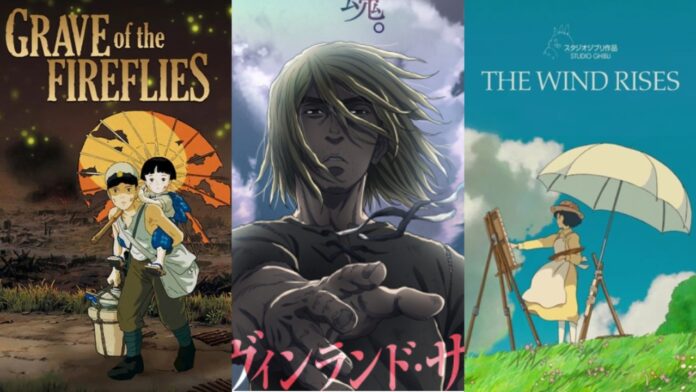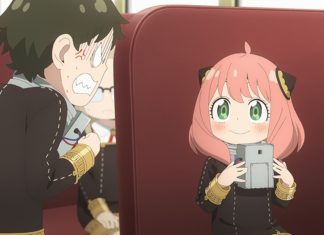Anime has long transcended its reputation as a medium for fantastical escapism, weaving intricate narratives that mirror the triumphs, tragedies, and complexities of human history. From the harrowing scars of war to the quiet revolutions of personal ambition, these 15 series and films draw directly from true events, figures, and experiences. They don’t merely retell history; they infuse it with emotional depth, cultural nuance, and sometimes a touch of the surreal to make the past resonate in our present. Whether depicting the rise and fall of empires or the intimate struggles of everyday survivors, these works challenge viewers to confront uncomfortable truths while celebrating resilience. Join me as we explore these poignant adaptations, each a testament to anime’s power to humanize the historical record.
1. Grave of the Fireflies (1988)
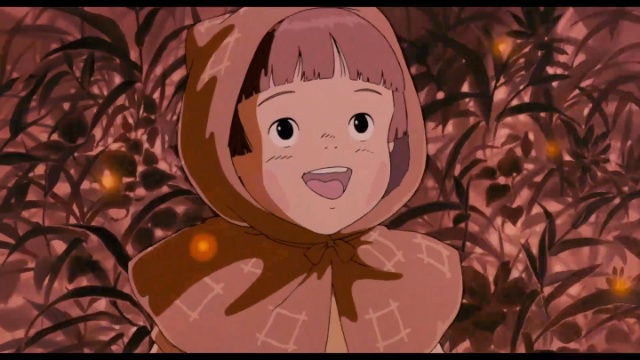
This Studio Ghibli masterpiece, directed by Isao Takahata, follows the heartbreaking journey of two siblings, Seita and Setsuko, as they navigate the devastation of World War II in Kobe, Japan. Orphaned after relentless American firebombings, the pair scavenges for food and shelter amid societal collapse, their innocence clashing against the brutal realities of starvation and loss. The film’s unflinching portrayal of civilian suffering culminates in a gut-wrenching finale that lingers long after the credits roll.
Inspired by author Akiyuki Nosaka’s own childhood experiences during the war, including the death of his sister from malnutrition, Grave of the Fireflies transforms personal memoir into a universal anti-war lament. Nosaka’s semi-autobiographical novel of the same name captures the era’s rationing, black markets, and the indifference of a war-torn society, making the anime a stark reminder of the human cost behind geopolitical headlines. Its emotional rawness earned it critical acclaim, influencing global discussions on wartime ethics and earning a place in the Criterion Collection.
2. Barefoot Gen (1983)
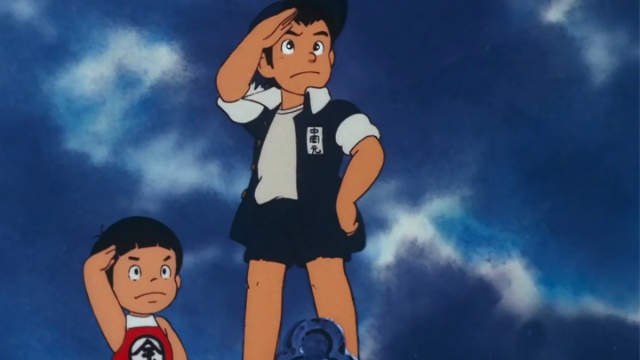
Keiji Nakazawa’s Barefoot Gen bursts onto the screen with the raw energy of a young boy’s defiance in the face of atomic annihilation. Set in Hiroshima, the story tracks Gen Nakaoka, a resilient child who endures the 1945 atomic bombing and its radioactive aftermath, rebuilding his life amid ruins, prejudice, and poverty. The two-part OVA adaptation blends visceral animation of the blast’s horrors with moments of tender family bonding, highlighting themes of survival and anti-militarism.
Drawn from Nakazawa’s manga, which is a direct reflection of his experiences as a six-year-old survivor—complete with radiation-induced health issues—the film serves as a graphic novel-style indictment of nuclear warfare. Nakazawa’s work meticulously recreates the pre-bombing normalcy shattered by the Enola Gay’s payload, drawing from eyewitness accounts and his own keloid scars. Its bold imagery sparked controversy but solidified its role in peace education, screened in schools worldwide to foster empathy for hibakusha (atomic bomb survivors).
3. The Wind Rises (2013)
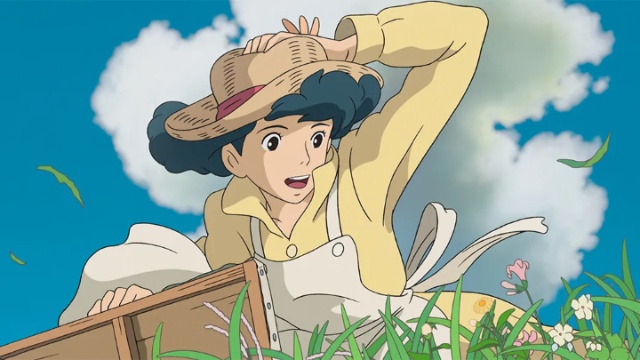
Hayao Miyazaki’s elegiac The Wind Rises soars through the dreams and dilemmas of Jiro Horikoshi, a visionary aeronautical engineer whose sketches become the deadly Mitsubishi A6M Zero fighter planes of World War II. Blending lush aviation sequences with introspective romance, the film traces Jiro’s life from earthquake-ravaged childhood to wartime moral quandaries, where innovation fuels destruction. Miyazaki’s hand-drawn skies evoke both wonder and sorrow, underscoring the bittersweet pursuit of beauty in a flawed world.
ALSO READ: Top 25 Anime Series and Films with the Greatest Animation Quality
This fictionalized biography merges Horikoshi’s real career—marked by the 1923 Great Kanto Earthquake and his tuberculosis—with elements from Tatsuo Hori’s novel The Wind Has Risen and Miyazaki’s family ties to aircraft manufacturing. The film accurately depicts Japan’s interwar aviation boom and ethical tensions faced by engineers, earning an Oscar nomination while igniting debates on Miyazaki’s pacifist stance versus historical complicity. It’s a meditative tribute to creativity’s double-edged sword.
4. Miss Hokusai (2015)
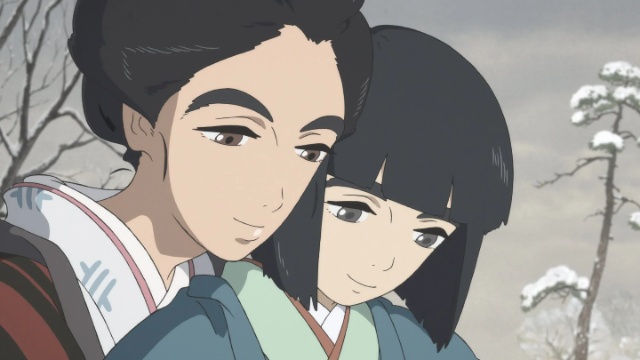
In the bustling Edo-period art scene, Miss Hokusai spotlights O-Ei, the overlooked daughter of ukiyo-e master Katsushika Hokusai. Voiced with quiet fire, O-Ei navigates a male-dominated world, her brushstrokes rivaling her father’s iconic waves while grappling with unrequited love and societal constraints. The film’s dreamlike vignettes— from living paintings to ghostly visions—blend historical realism with whimsical folklore, painting a portrait of artistic legacy and personal sacrifice.
Rooted in the 19th-century life of the real O-Ei, whose works were often attributed to her father (including parts of The Great Wave off Kanagawa), the story fills historical gaps with empathy for women’s erased contributions. Drawing from period records of Hokusai’s eccentric household and O-Ei’s mysterious death, it celebrates the flourishing of woodblock prints amid Japan’s isolationist era, offering a feminist lens on a pivotal cultural moment.
5. The Rose of Versailles (1979)
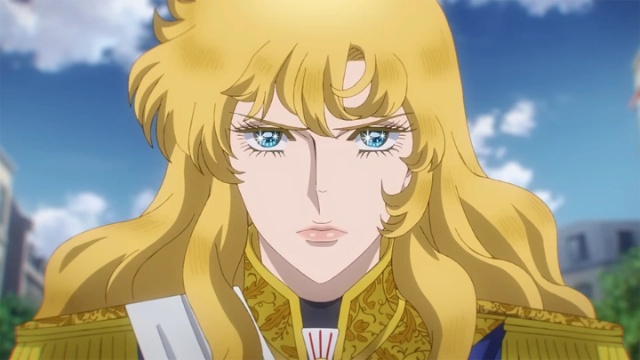
This shojo epic unfolds in the opulent yet crumbling French court, where Oscar François de Jarjayes, raised as a son to serve as Marie Antoinette’s bodyguard, embodies the era’s rigid gender roles and revolutionary fervor. As Versailles’ excesses fuel the masses’ rage, Oscar’s arc from loyal guard to guillotine-bound rebel intertwines with historical pageantry, lavish balls, and the storming of the Bastille. Its dramatic flair and iconic character designs made it a gateway for global anime fandom.
Faithfully chronicling the Ancien Régime’s collapse into the French Revolution (1789–1799), the series incorporates real figures like Antoinette and the Diamond Necklace Affair, with fictional Oscar amplifying themes of class and identity. Premiering amid Japan’s own social shifts, it influenced fashion and theater, becoming a cultural phenomenon that humanizes the guillotine’s shadow.
6. Yasuke (2021)
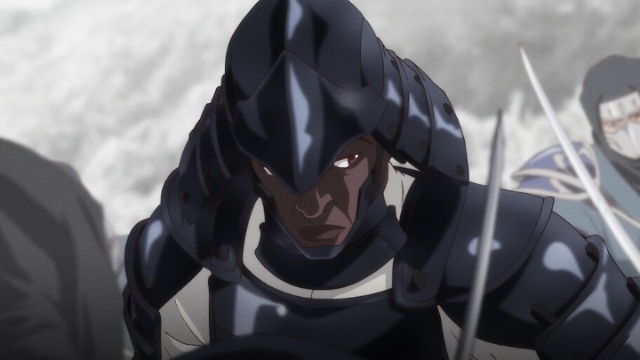
Netflix’s Yasuke thrusts us into feudal Japan’s Sengoku period, where the titular African warrior—once enslaved, now samurai—wields his blade to protect a young girl with mystical powers from warring clans and mechanical foes. Blending katana clashes with cyberpunk flair, the series explores themes of otherness and loyalty in a land of cherry blossoms and gunpowder.
READ MORE: Top 15 Anime Heroes Who Embrace Parenthood: Balancing Battles and Baby Bottles
Based on the enigmatic life of Yasuke, the first Black samurai who arrived in 1579 via Portuguese traders and served Oda Nobunaga until the warlord’s 1582 betrayal, it extrapolates sparse records into a bold narrative. LeSean Thomas’s direction infuses Afro-Japanese fusion, spotlighting Nobunaga’s innovative yet tyrannical rule, and has sparked renewed interest in overlooked multicultural histories.
7. Vinland Saga (2019)
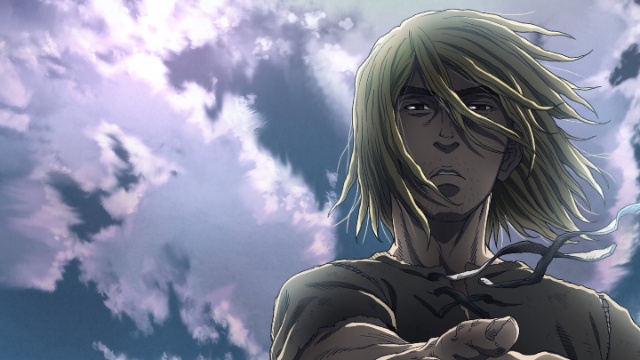
Thorfinn’s vengeful odyssey in Vinland Saga cuts through the blood-soaked Viking age, from Danish raids on England to the dream of a peaceful Vinland. As a boy turned berserker, he shadows the mercenary Askeladd amid the 1013–1016 conquests, evolving from rage-fueled killer to seeker of redemption. WIT Studio’s gritty animation captures the era’s longships, shield walls, and moral ambiguities with visceral intensity.
Loosely adapting the Saga of the Greenlanders and Saga of Eric the Red, it features historical titans like Leif Erikson and the real Thorfinn Karlsefni’s Vinland expeditions around 1000 AD. Manga creator Makoto Yukimura drew from Norse sagas to critique endless cycles of violence, earning praise for its anti-war evolution in Season 2.
8. Golden Kamuy (2018)
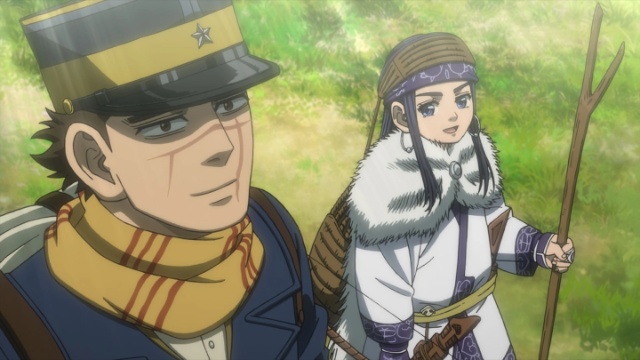
In the frozen wilds of post-Russo-Japanese War Hokkaido (1906–1907), Golden Kamuy follows ex-soldier Saichi Sugimoto and Ainu girl Asirpa on a treasure hunt for Ainu gold tattoos mapping a hidden cache. Amid shootouts, bear hunts, and cultural clashes, the series unearths the Ainu’s marginalized history through folklore, cuisine, and resilience.
Inspired by the war’s aftermath and the real Ainu people’s struggles against Japanese assimilation, it spotlights figures like tattooed convicts from Abashiri Prison. Satoru Noda’s meticulous research weaves adventure with advocacy, boosting global awareness of indigenous rights.
9. Heike Monogatari (2021)
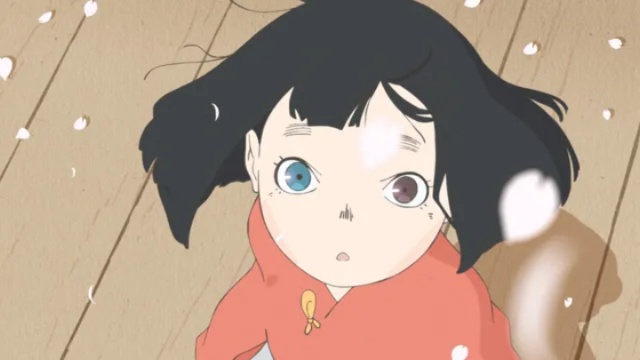
Naoko Yamada’s Heike Monogatari retells Japan’s 12th-century Genpei War through the eyes of Biwa, a blind biwa-hoshi (lute player) who foresees the Taira clan’s doom. As emperors clash in naval battles and court intrigues, the tale unfolds like a tragic opera, with fluid animation evoking Heian-era scrolls and the impermanence of glory.
Adapted from the 13th-century epic The Tale of the Heike, it chronicles the 1180–1185 conflict that toppled the Taira, reshaping feudal Japan. Science SARU’s style amplifies Buddhist themes of mujō (transience), offering a poetic lens on power’s fleeting nature.
10. Kingdom (2012)
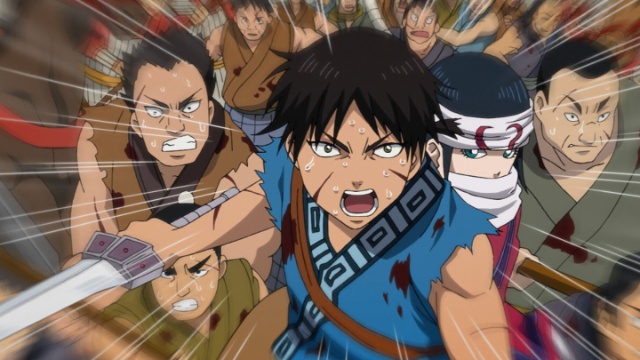
Orphaned slave Shin rises through the ranks of Qin’s brutal army in Kingdom, fueling King Ei Sei (Ying Zheng)’s unification of Warring States China (475–221 BC). Epic battles and political machinations drive this shonen saga, where strategy meets savagery in the quest for an empire.
Based on the historical ascent of Qin Shi Huang, China’s first emperor, through figures like Li Xin, it draws from Records of the Grand Historian for authentic warfare tactics. Yasuhisa Hara’s manga-turned-anime has captivated with its scale, rivaling Game of Thrones in historical drama.
11. Rurouni Kenshin (1996)
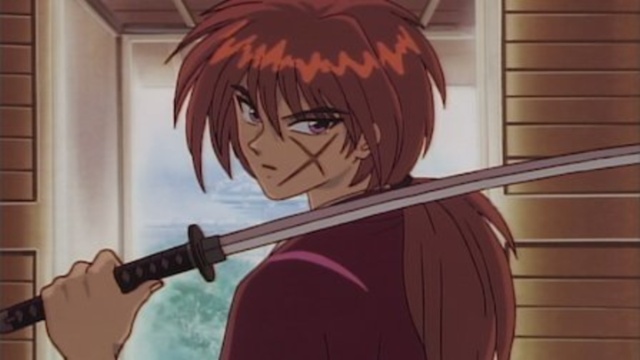
The wandering swordsman Himura Kenshin atones for his assassin past in Meiji-era Japan (1868–1912), dueling remnants of the Bakumatsu upheavals. Rurouni Kenshin balances high-stakes swordplay with heartfelt character growth, evoking the clash between old samurai codes and modernizing Japan.
Rooted in the turbulent end of the Edo period and real events like the Boshin War, it fictionalizes ronin life amid rapid Westernization. Nobuhiro Watsuki’s series became a ’90s staple, inspiring live-action films that further popularized its themes of redemption.
12. Mawaru Penguindrum (2011)
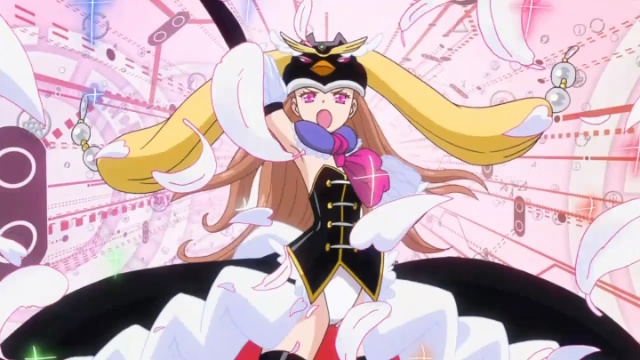
Siblings Kanba and Shoma wield surreal “penguin hats” to hunt a mythical Penguindrum saving their dying sister Himari, unraveling a web of terrorism, fate, and familial curses. Kunihiko Ikuhara’s Mawaru Penguindrum layers symbolism atop Tokyo’s underbelly, blending absurd humor with profound loss.
READ MORE: Top 15 Anime Series You Should Watch If You Love Bleach
Influenced by the 1995 Aum Shinrikyo sarin gas attack on the Tokyo subway, it probes cult legacies and inherited guilt. The series’ cryptic narrative rewards rewatches, echoing real societal reckonings with extremism.
13. Steins;Gate (2011)
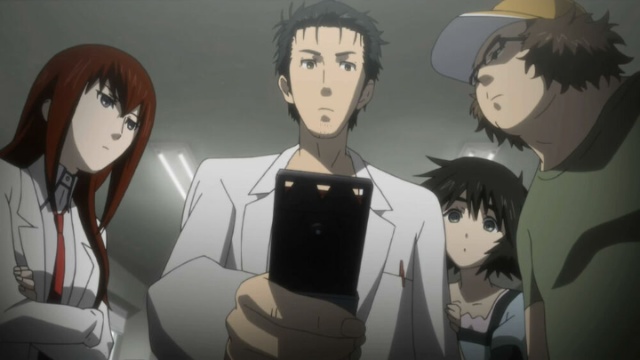
Mad scientist Rintaro Okabe’s “phone microwave” unleashes text-based time leaps, ensnaring him in a web of altered timelines and shadowy organizations. Steins;Gate‘s thriller pace builds to emotional crescendos, exploring causality’s butterfly effects.
Sparked by the John Titor internet hoax—a self-proclaimed 2036 time traveler seeking a rare IBM PC—the anime twists this urban legend into a cautionary tale on meddling with history. Its visual novel roots and mind-bending plot made it a sci-fi benchmark.
14. Skull-Face Bookseller Honda-san (2018)
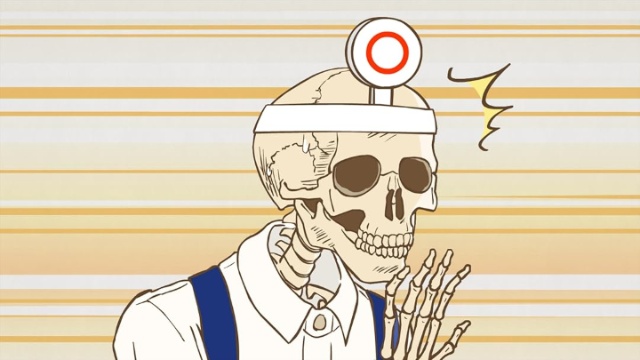
In the chaotic aisles of a Tokyo mega-bookstore, skeletal manager Honda juggles otaku demands, literary snobs, and pop culture queries with deadpan wit. This short-form comedy Skull-Face Bookseller Honda-san skewers retail absurdities through masked employees and genre deep-dives.
An autobiographical gem from mangaka Honda’s real stints at a major chain, it anonymizes colleagues while dissecting Japan’s publishing ecosystem. Its slice-of-life hilarity demystifies the book world’s hidden labors.
15. Trapp Family Story (1991)
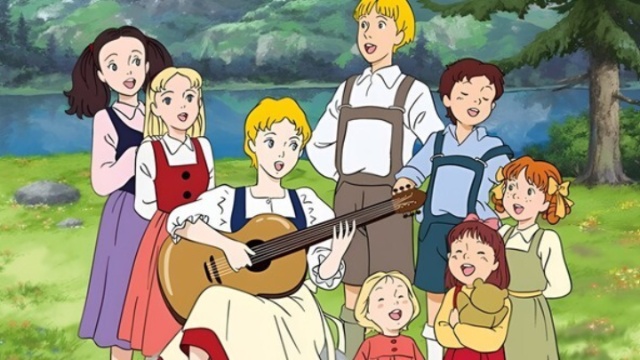
The von Trapp family’s melodic saga in Trapp Family Story sings of governess Maria’s arrival, economic woes, and daring Nazi-era escape from Austria. This 40-episode series harmonizes family dynamics with Anschluss-era tension, featuring the real children’s names and folksy tunes.
Adapted from Maria von Trapp’s memoir The Story of the Trapp Family Singers, it parallels The Sound of Music but stays truer to the 1938–1940 flight. A wholesome WWII outlier, it underscores music’s defiant spirit.
These anime aren’t just entertaining—they’re bridges to empathy, urging us to learn from history’s unvarnished lessons. In an age of fleeting digital stories, they endure as animated archives of the human spirit, proving that even in animation, truth packs the heaviest punch.
READ MORE: 20 Most Anticipated Anime Series and Films of 2026: A Year of Epic Returns and Fresh Fantasies
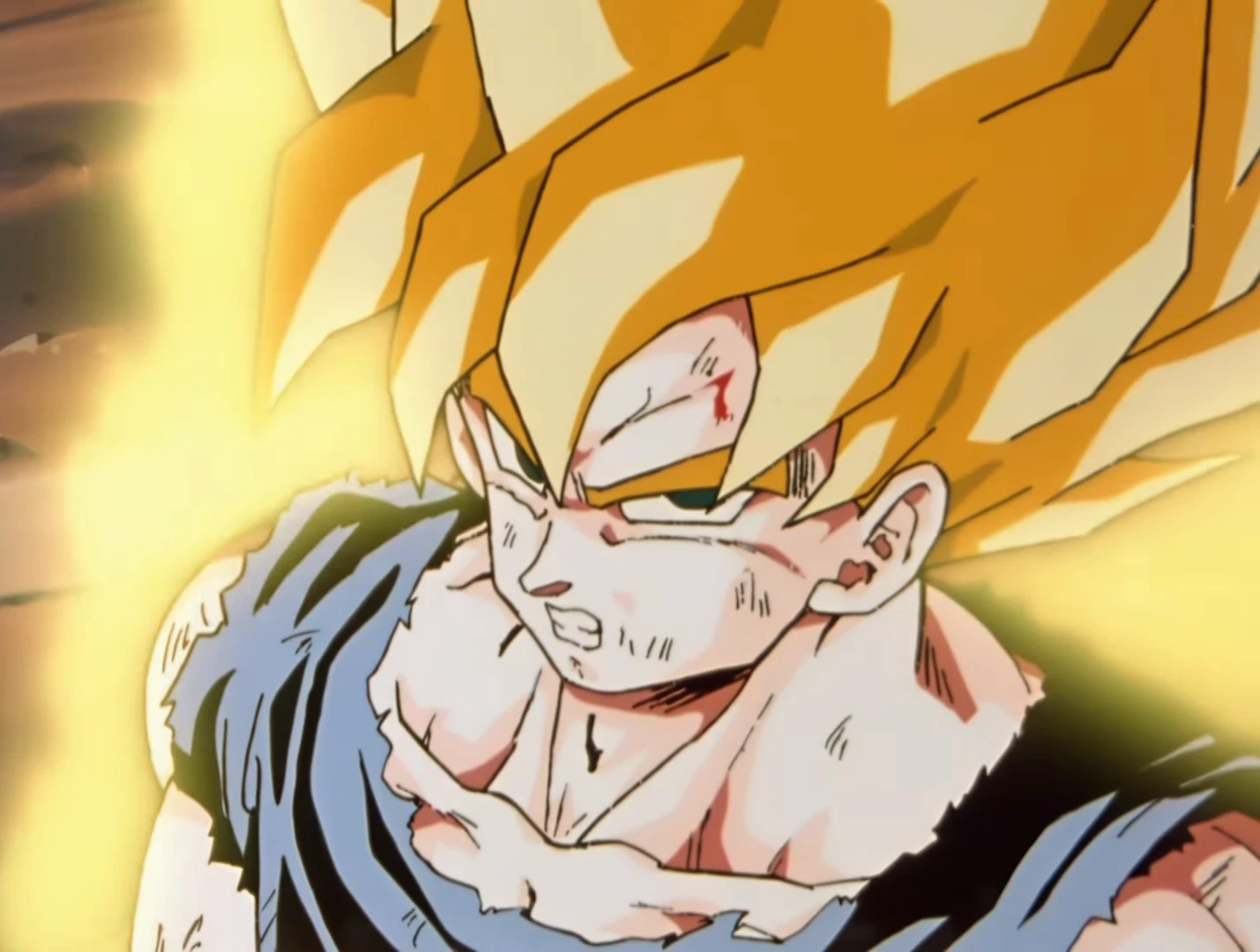
Hello, I am a huge anime fan with a decent experience in writing articles regarding the anime industry.
